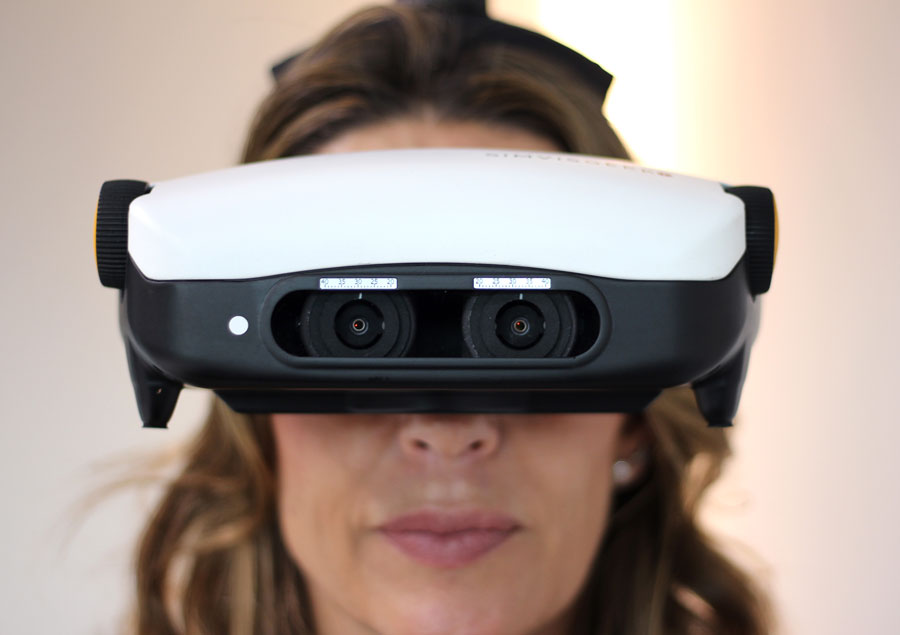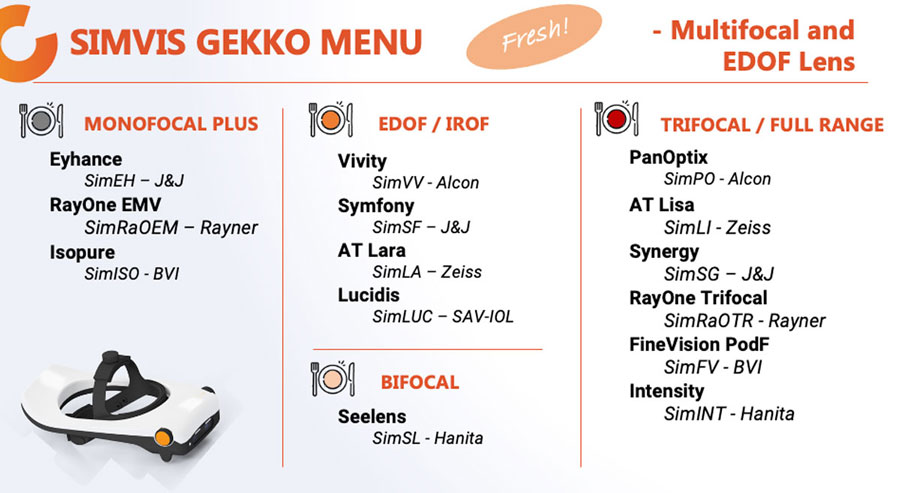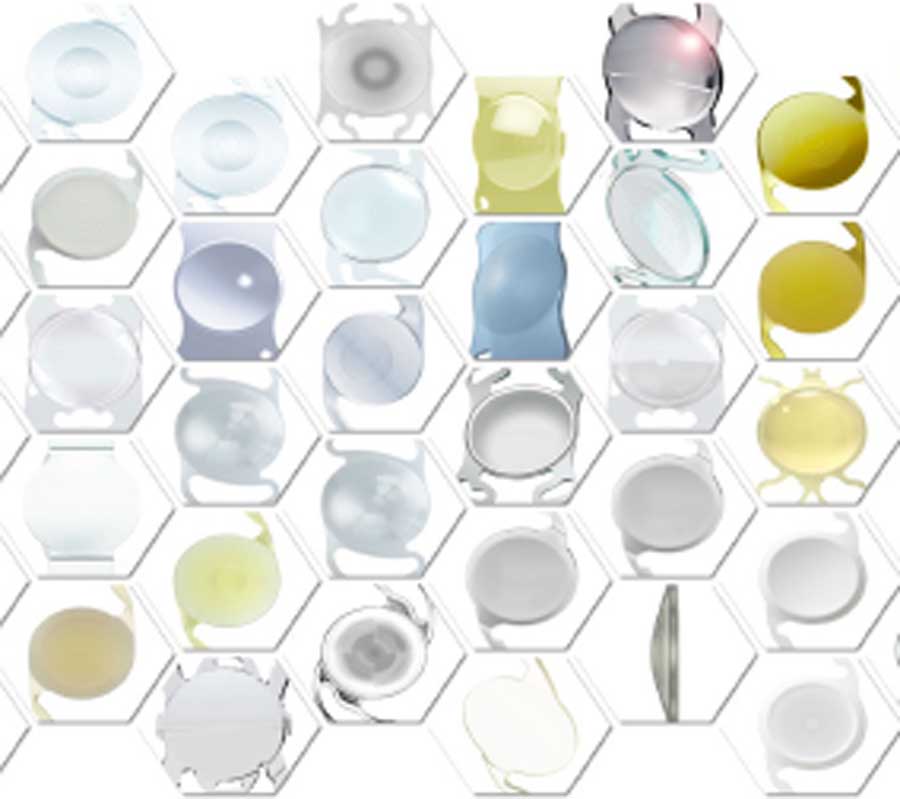Exploring the potential: diverse applications and patient benefits of visual simulators in ophthalmology
A visual simulator for ophthalmology is a technologically advanced tool that accurately replicates various visual conditions and ocular pathologies (like near vision loss or age-related vision loss and blurry vision). These simulators provide ophthalmology professionals with an interactive and educational platform to understand, diagnose, and treat different visual problems in a clinical environment. Here are some additional patient-focused advantages of using visual simulators:
1. Patient Education
Visual simulators help ophthalmologists educate patients about the different IOL options for presbyopia correction available in the market.
2. Improved Clinician-Patient Communication
Visual simulators facilitate effective communication between ophthalmologists and patients. By letting patients experience the real world through different intraocular lens designs, the simulator helps the clinician explain complex concepts in a more accessible manner, fostering clear communication and shared decision-making.
3. Expectation Management
Visual simulators play a crucial role in managing patient expectations before ocular surgery. By providing a virtual representation of the anticipated surgical outcomes, patients can have a more realistic understanding of what to expect post-surgery. This helps prevent unrealistic expectations and potentially ensures higher patient satisfaction.
4. Post-Surgery Patient Satisfaction
Visual simulators can contribute to post-surgery patient satisfaction by allowing patients to visualize and compare their pre- and post-operative visual capabilities. Patients can see the positive impact of the surgery on their vision preoperatively, which could reinforce their trust in the chosen treatment and potentially lead to higher levels of satisfaction.
5. Research
Additionally, visual simulators have a significant impact on research and development within the field of ophthalmology. Researchers and medical device manufacturers can use these simulators to evaluate the efficacy of innovative treatments, and even to refine the design of advanced ocular implants. These ongoing research and development contribute to continuous advancements in the field, leading to improved outcomes for patients.
Today visual simulators for ophthalmology contribute to patient education, improved clinician-patient communication, expectation management, and post-surgery satisfaction.
The need for reading glasses because of near vision loss, age-related vision loss, age-related blurry vision, reading vision loss or presbyopia are shared challenges. Visual simulators become crucial tools in addressing these issues, making it easier for everyone to learn about their eyes and talk with doctors. This worldwide challenge emphasizes the ongoing need for improvements in eye care, benefiting everyone dealing with vision challenges.
What type of visual simulator should you use for presbyopia and cataracts before treatment?
SimVis Gekko is the only portable, programmable, see-through device where you can test different commercial lenses from each brand before surgery or treatment.





0 Comments